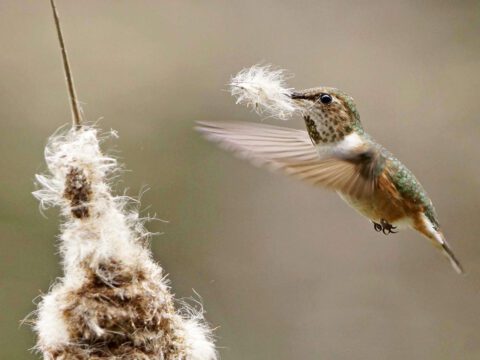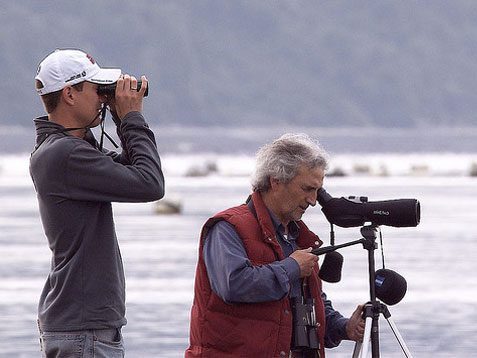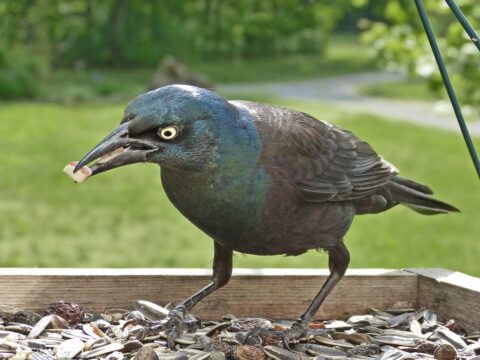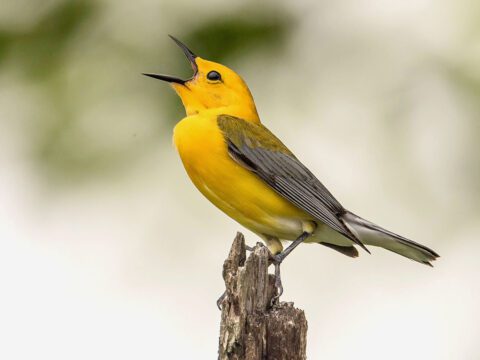Shared Birds, Shared Goals: Acoustic Training in Cuba
By Eduardo E. Iñigo-Elias
October 15, 2010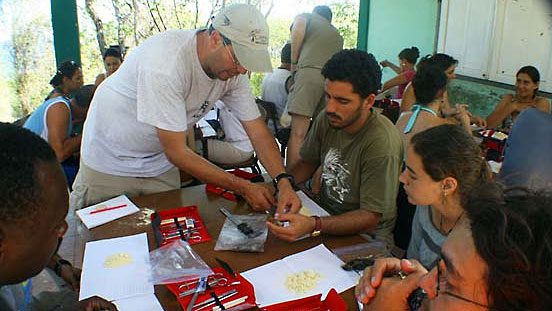
Conserving biodiversity in Cuba through capacity building
The tropics of Central and South America are home to some 4,085 bird species—more than four-tenths of the world’s birds (and similar proportions of the world’s plants, reptiles, and amphibians). Yet they are under grave threats from habitat loss and degradation—a growing tide of losses that could affect the livelihood of millions of people, nations, and cultures in the Western Hemisphere.
The Cornell Lab cannot resolve this global biodiversity crisis alone. Our limited resources yield the greatest long-term impacts when we empower local partners in countries rich in biodiversity and with shared species. Working with these partners, we identify needed training and then provide education and tools to enable them to protect biodiversity in their homelands. That’s what we call capacity building, and it’s a key strategy of our Conservation Science program.
Cuba is one of the best examples of our capacity-building projects (others are underway in Argentina, Costa Rica, Dominican Republic, Haiti, Guatemala, Mexico, and Peru). On a recent trip to Cuba, I reflected on the ways we’ve participated in Cuban conservation—by taking Cornell faculty there to teach short courses, holding sound recording and analysis workshops, working with young Cuban biologists to hone their research techniques, and sharing approaches to citizen science (see article below).
From Ospreys to Ovenbirds, Cuba shares more than 200 migratory bird species with North America. It has 25 endemic species such as the Fernandina’s Flicker and the smallest bird in the world, the Bee Hummingbird. Politics differ between our two countries, but our biologists are united in their commitment to common goals in conservation.
Cuba is rich in young students with a strong basic education and the desire to learn. In our 8 years working there, we’ve assisted more than 35 Cuban graduate and undergraduate students—primarily ornithologists, but also herpetologists, ichthyologists, and animal physiologists.
Those students have documented the natural history and conservation needs of poorly known endemic birds such as the Cuban Parakeet, Fernandina’s Flicker, (Cuban) Sandhill Crane, and Oriente Warbler. They’ve developed expertise in understanding the behavior and vocalizations of their native birds.
And despite extremely limited resources, they have created three labs dedicated to animal sounds: the Lab of Bioacoustics at University of Havana, the Lab of Natural Sounds at the Centro Oriental de Ecosistemas y Biodiversidad, in Santiago de Cuba, and the Lab of Sounds at the Institute of Ecology and Systematics in Havana. We’ve also helped Cuban biologists establish their own bird banding lab, the Johann Christoph Gundlach Bird Banding Office, in Santiago de Cuba.
Using the Cornell Lab’s expertise in bioacoustics, we’ve taught high-demand courses to help our Cuban partners study the sounds of birds, insects, bats, and marine mammals. We’ve packed nearly a full semester’s tuition into two-week intensive short courses. Instructors have included Cornell Lab director John Fitzpatrick and Cornell professor David Winkler. Other Cornell Lab staff, including Wesley Hochachka and Viviana Ruiz-Gutierrez, have taught specialized courses on data-analysis techniques for habitat modeling and wildlife population monitoring—key tools for understanding how natural systems are changing.
This year, we were honored to receive our fourth grant from the John D. and Catherine T. MacArthur Foundation to support our work in Cuba. Thanks to the MacArthur Foundation’s vision we have been able to build partnerships and foster biodiversity conservation in Cuba.
Many challenges and opportunities lie ahead for bird conservation and the people in Cuba. However, as my Cuban colleagues (and University of Havana ornithology professors) Martin Acosta and Lourdes Mujica remarked on my last visit, together we have contributed to a very positive impact among young Cuban biologists to keep fostering good science and biodiversity conservation in Cuba. It’s one that we aim to continue.
Originally published in the Autumn 2010 issue of BirdScope.

All About Birds
is a free resource
Available for everyone,
funded by donors like you
American Kestrel by Blair Dudeck / Macaulay Library

